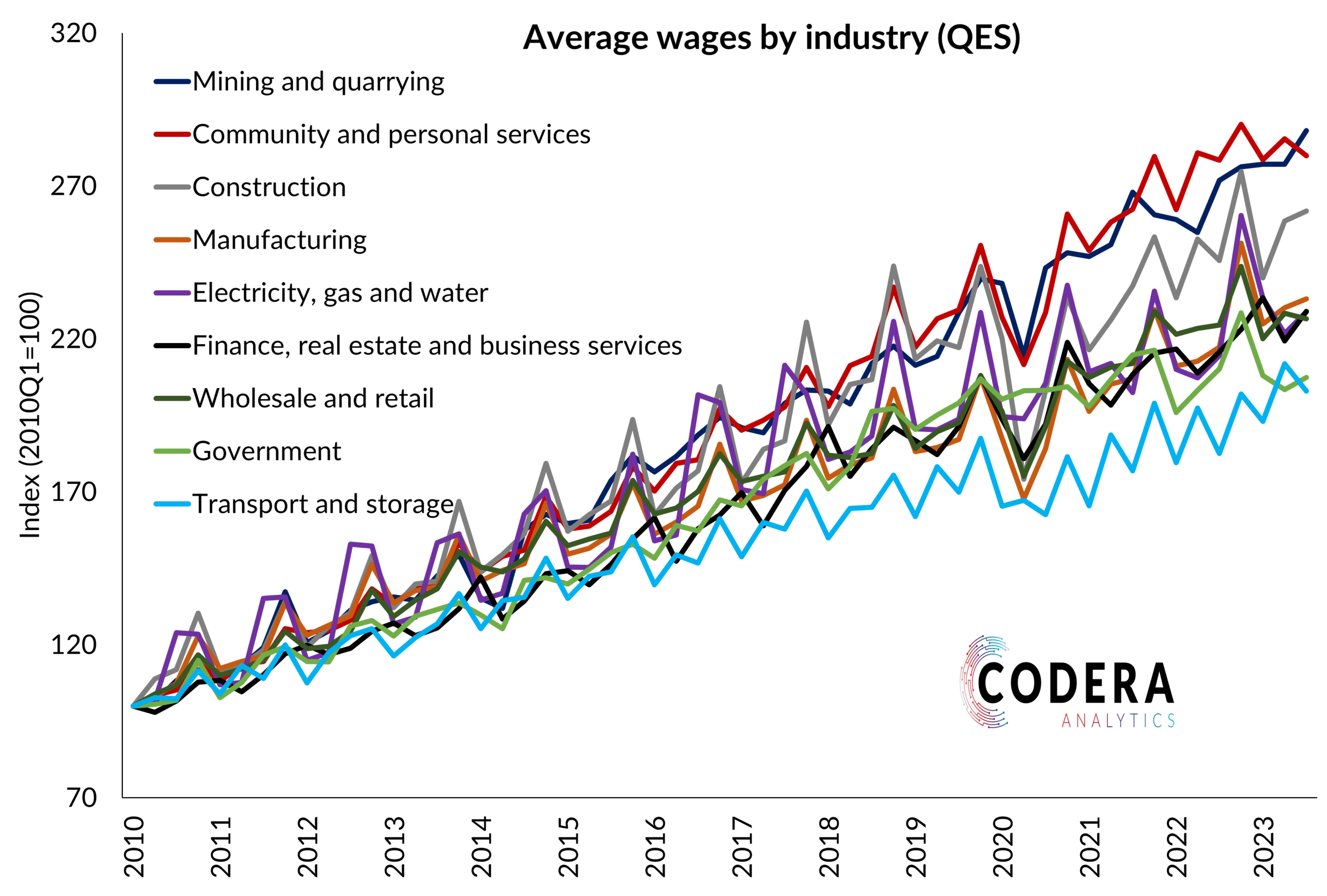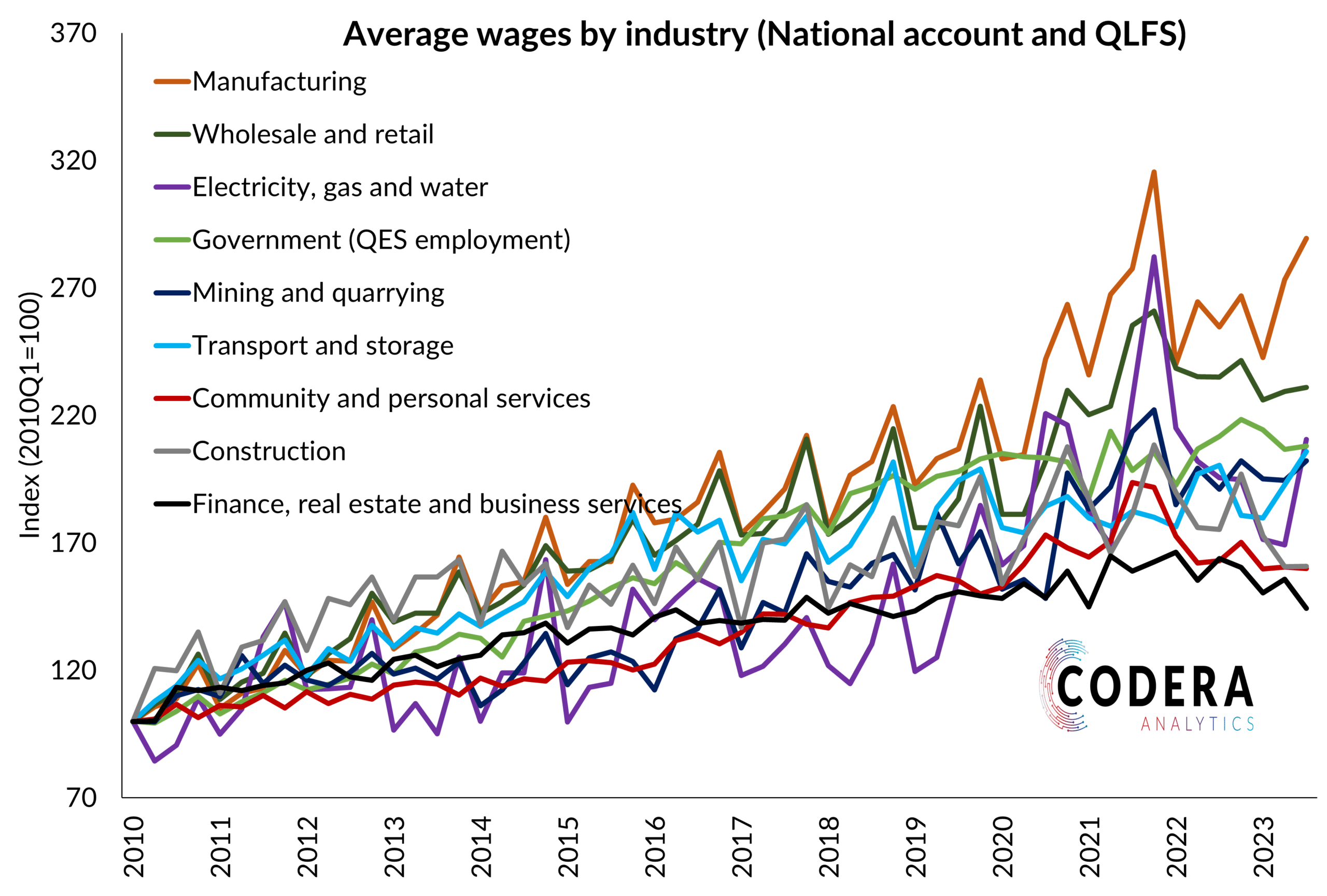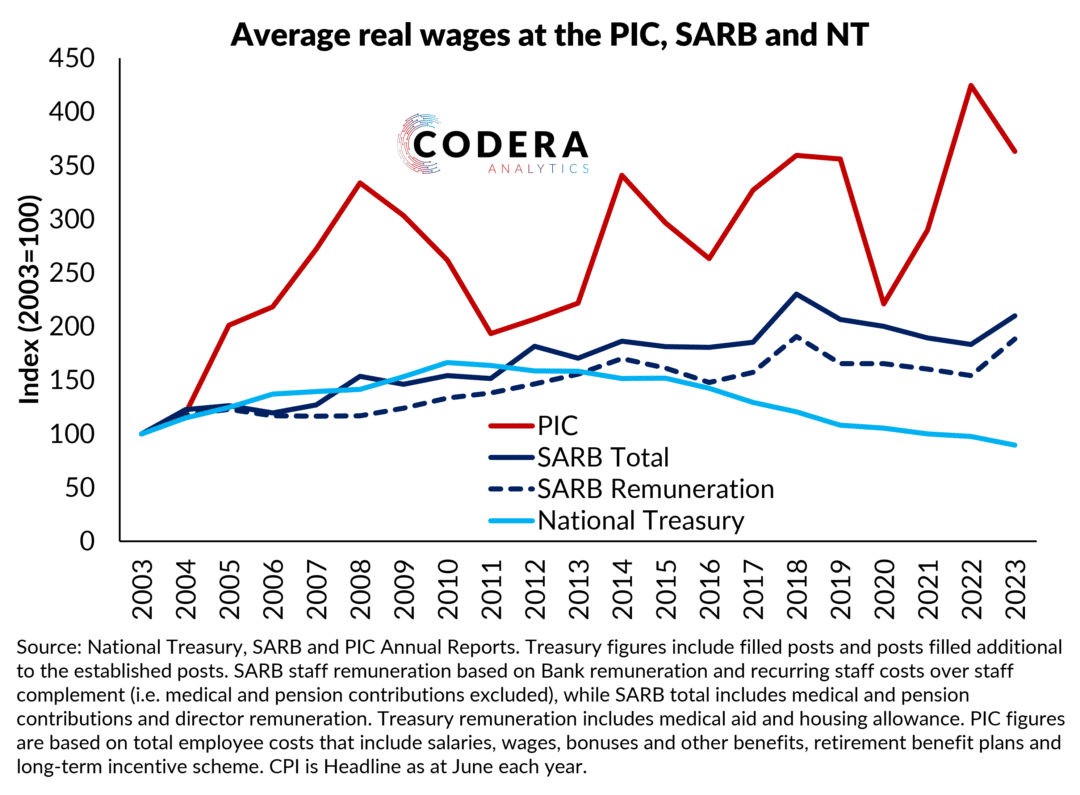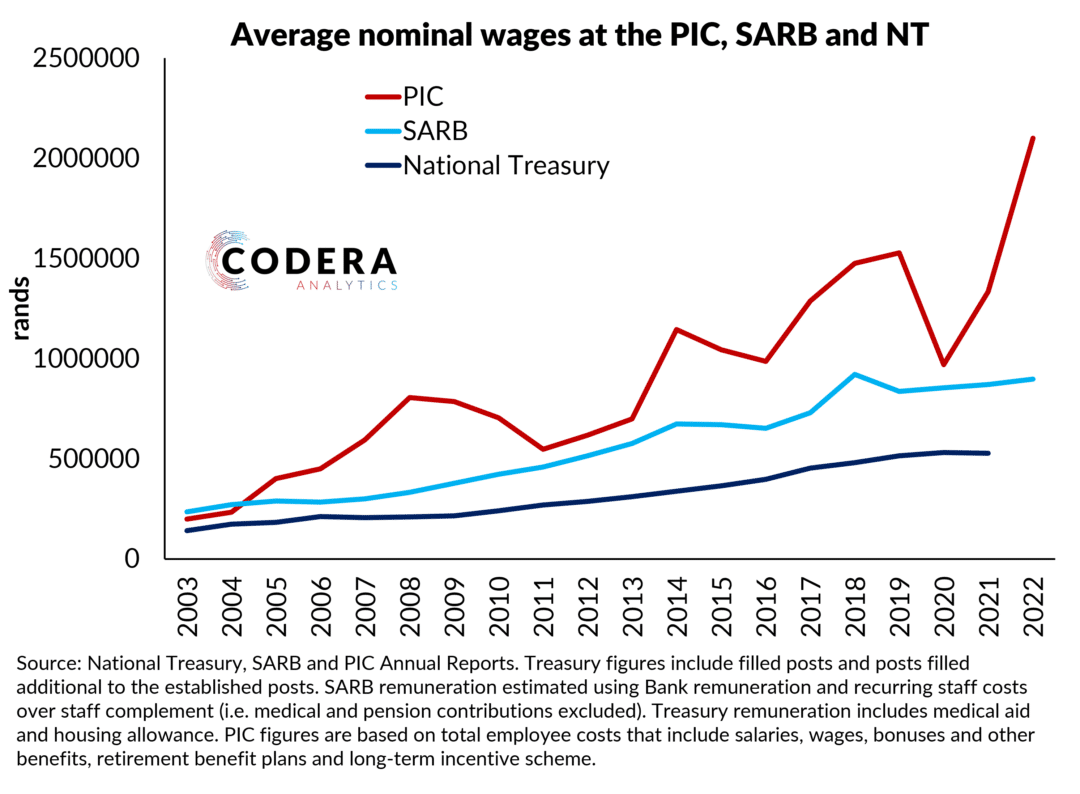In an earlier post, we showed that different sources of labour market information paint different pictures of long term developments in average wages in South Africa. Today’s post compares industry-level differences in average growth from the Quarterly Employment Survey (QES), which provides gross earnings and employment levels, against compensation data from the National Accounts (NA) and employment levels from the Quarterly Labour Force Survey (QLFS). Data from the QES, the industry that experienced the fastest average growth in average wages since 2010 is the mining and quarrying industry at 8.7% per year., while the slowest growth was observed in the Transport and storage industry at 5.7% on average since 2010. When using the QLFS and NA data suggest that average industry wage growth was higher than if QES data is used. The industry that experienced the fastest average growth in average wages based on these data sources since 2010 is the manufacturing industry at about 8.7% per year. Based on QES data, the industry’s average wage growth since 2010 is 6.9%. The slowest growth based on the QLFS and NA data was observed in the Finance, insurance, real estate and business services industry at only 2.9% on average since 2010, compared to 6.7% if QES data were used.



